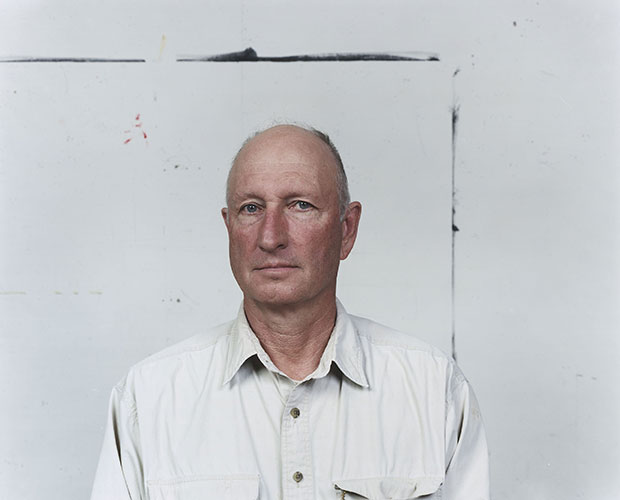
'Bruce Nauman cares about the human condition'
Grazia Quaroni, curator at the Fondation Cartier in Paris, explains a puzzling new Bruce Nauman show
Bruce Nauman is a consistently difficult artist. As Peter Plagens puts it in our book, “When viewers see his work and then return to everyday life, they find that it remains persistently, puzzlingly in their heads.”
The 73-year-old American’s drawings, sculptures and films dwell on perplexing themes year after year, offering different ways of considering, say, the limits of art, the differences between the physical and cerebral world, or the confines of the human body. How does Nauman maintain this consistency? Thanks to a true sense of professionalism. “He shows up and delivers, especially for major installations,” Plagens writes.
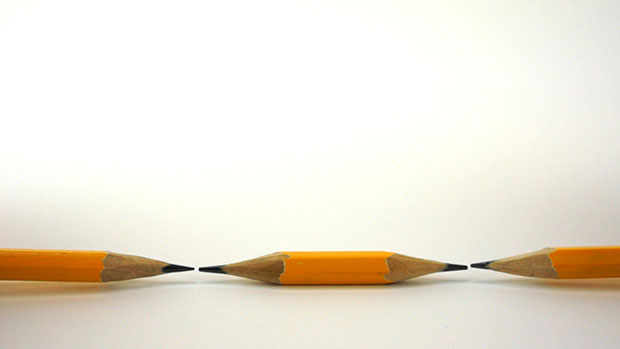
Now, Phaidon has been offered some insight into both these themes and this professionalism, in an exclusive interview with Grazia Quaroni, curator of the newly opened Bruce Nauman exhibition at the Fondation Cartier pour l’art contemporain in Paris. The show, which draws works from 1970 through to the present day, includes relatively well-known pieces, such as the video installation Anthro/Socio (Rinde Facing Camera) (1991), in which Rinde Eckert, a performance artist and trained singer, chants a set of words (“Feed Me/Eat Me/Anthropology,” etc.); as well as lesser known works, such as Pencil Lift/Mr. Rogers (2013), in which Nauman lifts, or fails to lift a pencil, just using the tips of two other pencils. What does it all mean? How did it come about? And how was Bruce to work with? Let Grazia explain.
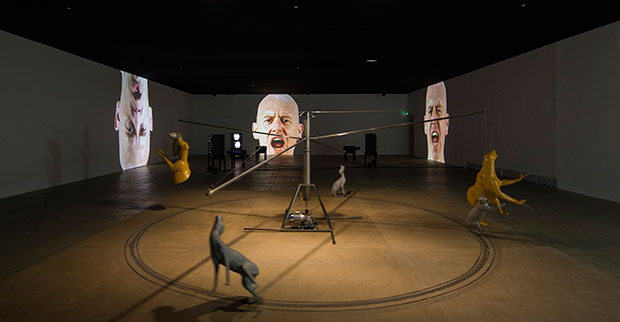
Fondation Cartier is not a huge art museum, yet this exhibition draws work from a number of different points in Nauman’s career. Is it a retrospective? No. The foundation is not large enough to contain all Nauman’s output. So it’s not really the place to stage a retrospective. That wasn’t the intention. Instead, there was a wish, both on the institute’s and Bruce Nauman’s behalf, to show some of the artist’s latest works, as well as works that are connected with these newer pieces, but belong to earlier stages in his career.
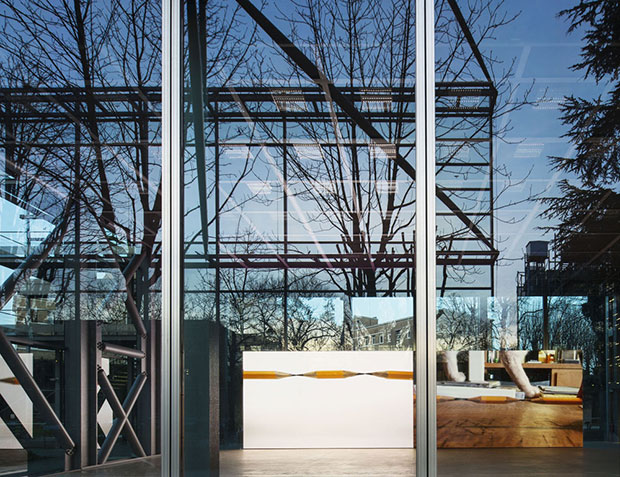
What themes connect these exhibits? I think that one of the interests exhibited here is the idea of the space between things, the idea that between real things, there might be something else. There are also optical illusions, which examine what people see, and what is really there. This is one topic. Another is the body. Bruce Nauman has always been one of the most physical among conceptual and minimal artists, and the body is always the centre point of the works. These works deal with the body’s imperfections and its limits. You can’t get out [of the exhibition] without feeling it.
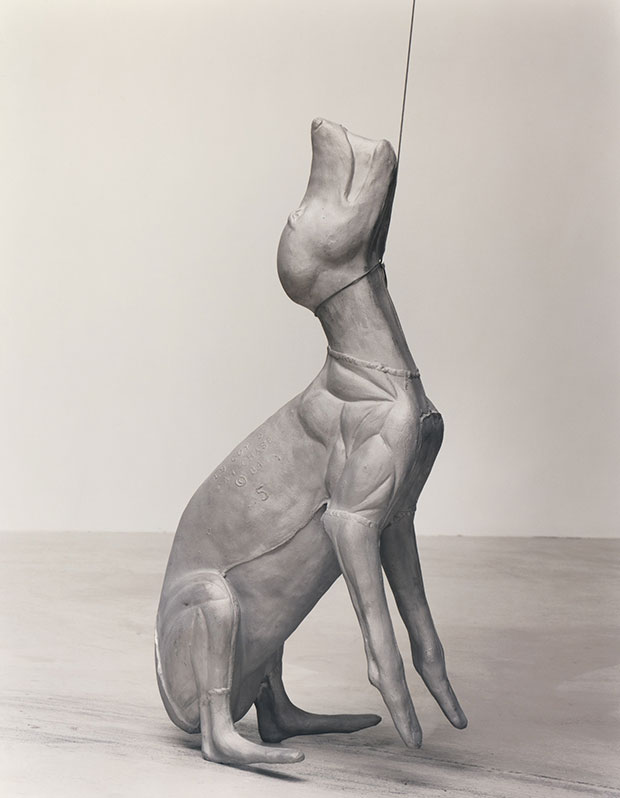
What was Nauman like to deal with? Extremely precise. All details had been reviewed and discussed, from the initial choices of works, down to the lighting and positioning in the room. That’s most important part of the curator’s job; to stand between the artist and the audience, and to get all these details right, so as to reveal a little bit more about the work. It could be the choice of material, or the dimensions of the screen, or the choice of where we put the title. Every artist reacts differently to these details, but there’s always a reason why. Every work is the result of thousands of decisions made by the artist.
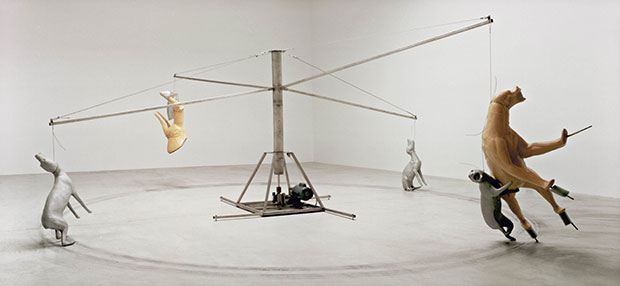
Was there something new you learnt about Nauman while curating this exhibition? I know Nauman’s work pretty well. I have studied it carefully since I was a student, but there is always lots to know in curating a show, in putting up and manipulating the works. What I think visitors to the exhibition will appreciate is that that Bruce Nauman really cares about the human condition. He always has this sense of frustration that he communicates in many different ways. Many of the installations generate a sense of discomfort in the public. They don’t know where to stand, and they can’t see the entire installations. That gives them a sense of discomfort, and at the end of the exhibition the public accept this sense of discomfort. It’s really about understanding the work through one's own physical feelings. Other artists have approached this subject of human frustration, but Nauman makes us feel it. He is not just contemplating or describing that, but giving us that sensation. That’s really particular to Nauman.
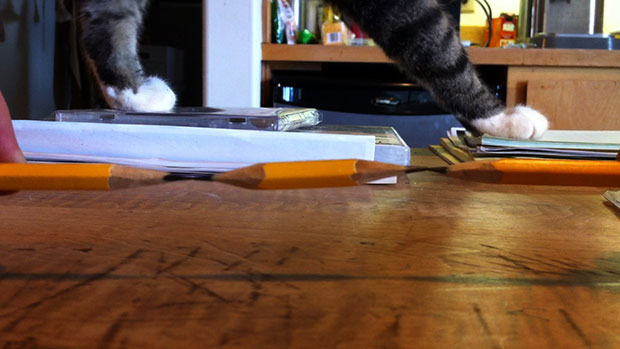
Is that what you hope people will take away from this exhibition? That and the understanding that there’s something between the works on show that is not visible; I hope visitors understand that there is something that is not visible, and the artist’s ideas make it visible.
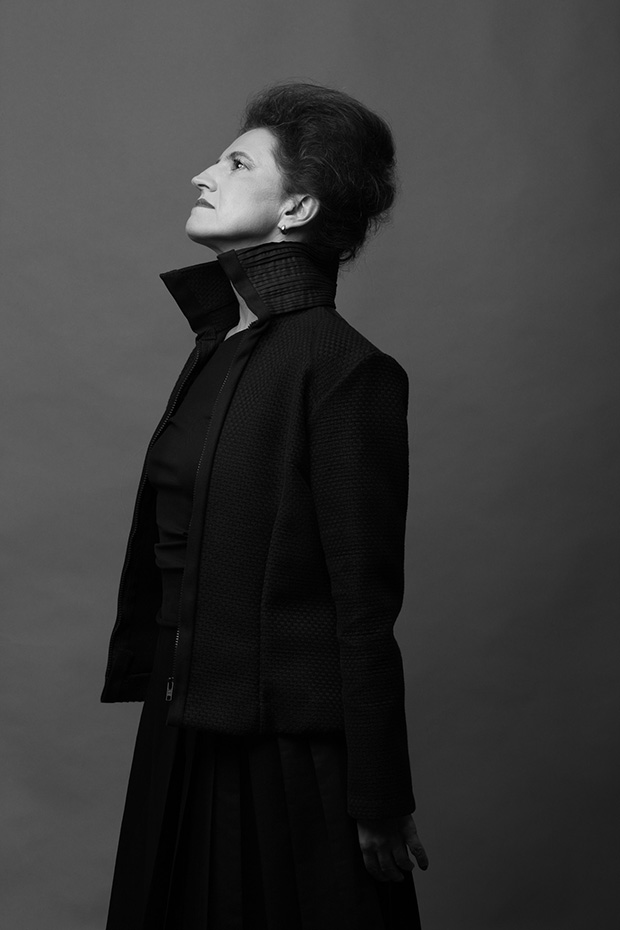
Bruce Nauman runs at Fondation Cartier in Paris until 21 June. For a richer understanding of this important contemporary artist buy a copy of Bruce Nauman: The True Artist here